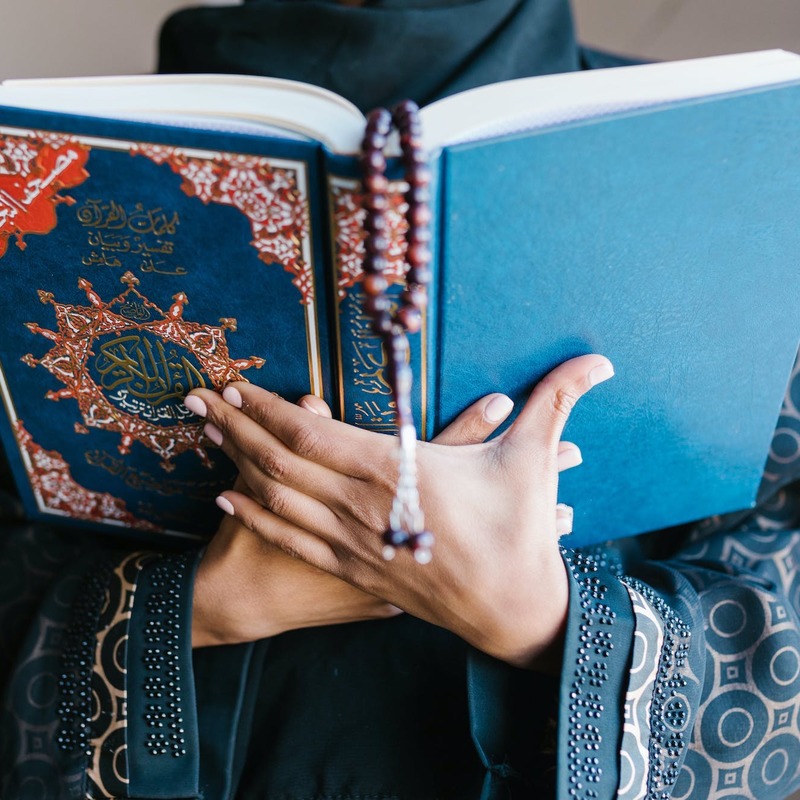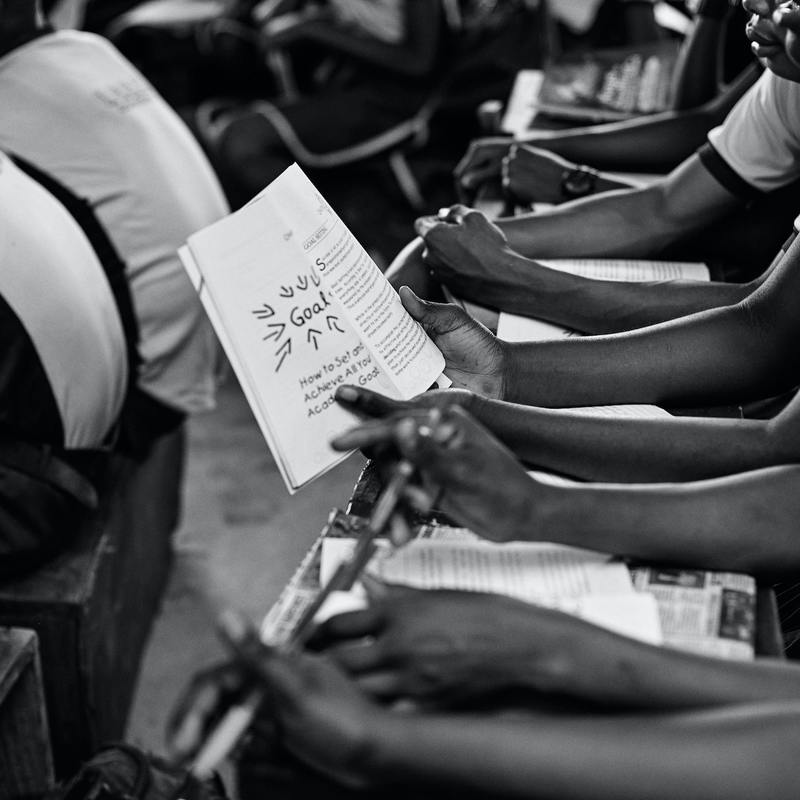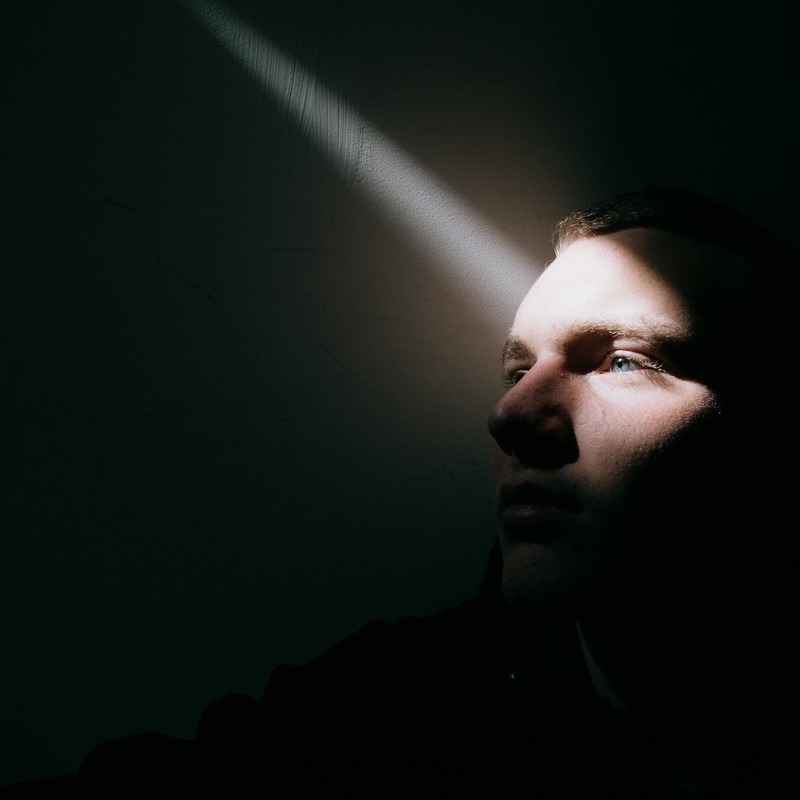Search
Chapter Two - A Historical Overview of the Traditional System of Qur’anic Education in Borno
DOI: 10.17160/josha.11.1.966
In Chapter Two, Al-amin attempts to combine both the anthropological and historical approaches to describe the processes of traditional Qur’anic education and scholarship in Borno, especially the recent trends. He examines the origin, types, methods, and stages of Qur’anic education. Therefore, he concludes that the status of Qur’anic education and scholarship in Borno is set for the heights regardless of the socio-cultural challenges and the misconceptions attributed to it.
Chapter One - The Social History of Education in Northern Nigeria
DOI: 10.17160/josha.11.1.964
In Chapter One, Al-amin revisits the dynamics that shaped the evolution of education in Northern Nigeria from pre-colonial times to the present day, with a particular focus on the socio-economic, political, and cultural factors that influenced the nature of educational provision and access. He draws on a wide range of sources to illuminate the complex relationships between education, colonialism, and social change. He further shows how education was used as a tool for social control and how it became a site of resistance and contestation during periods of political upheaval.
JOSHA’s Critical Review of “The Role of the Media in the Construction of Body Image and its Contribution to the Development of Restrictive Anorexia in Female Adolescents” by Alaide V. C. Garcia, Maria E. R. V. Pinheiro
DOI: 10.17160/josha.11.2.963
The research, by Alaide Vitória Cardoso Garcia and Maria Eduarda Rangel Vilela Pinheiro, guided by Fernanda Lima Monteiro, explores how media, particularly social media, significantly influences female adolescent behavior regarding self-esteem and body image, correlating this influence with the rise of restrictive anorexia. The methodology involves an integrative bibliographic review using databases like Google Scholar, Scielo, and LILACS to establish a connection between social media use and anorexia development in female adolescents. The research emphasizes the historical imposition of beauty standards and the intensified impact of contemporary media on body image.
The Underlying Tension in Oscar Wilde’s “The Decay of Lying”
DOI: 10.17160/josha.11.2.960
The object of study of this paper is The Decay of Lying by Oscar Wilde. In The Decay of Lying, Wilde presents the four main theses of his aesthetic philosophy that are the following: Art never expresses anything but itself, all bad Art comes from returning to Life and Nature and elevating them into ideals, Life imitates Art far more than Art imitates Life, Lying, the telling of beautiful untrue things, is the proper aim of Art. (Wilde 1905, 83-85) These are presented in the form of a Socratic Dialogue. Plato creates this form to present transcendent truths. (Puchner 2010, 30-35) According to Quintus, the aesthetic philosophy of Wilde already creates a tension between the content and the form. (Quintus 1980, 559) This gets accentuated when it comes to the Socratic Dialogue. In this paper, I explore the dimensions of this question, if there is tension, and how Wilde plays with it. I conclude that Wilde, using the Socratic Dialogue, transforms and adapts it to his philosophy.
Editorial Volume 11, Issue 1
DOI: 10.17160/josha.11.1.958
The year 2023 is drawing to a close and, unfortunately, some of us will not remember it too positively. The global upheavals – climate damage, war, migration and more – are casting too much of a shadow over coexistence on the planet. We at Josha Journal and the International Academy of Sciences, Humanities and Arts do not want to join in. We want to continue to be open to the world, curious and collaborative. Not only, but especially in the scientific community, these are values which must be cultivated! The Josha Journal is designed to be international, and we have once again achieved this goal in the year that is drawing to a close. So perhaps the year didn't go so badly after all. We will continue to be open to new knowledge in the new year 2024. You, the Josha community, are welcome to share this with us and get involved! Contributions are always welcome. The teams at the Journal and the Academy, wish everyone a happy new year 2024.
Critical Review of “Ethics & Governance of Artificial Intelligence for Health” by the World Health Organization (WHO)
DOI: 10.17160/josha.11.1.956
This analysis provides a critical review of the World Health Organization (WHO) online course 'Ethical and Governance of Artificial Intelligence for Health'. It provides a comprehensive exploration of the transformative potential of AI in health, with an emphasis on ethics and human rights. The course covers various aspects, including AI applications, ethical principles, resource allocation, bias, cybersecurity and environmental impact. It successfully combines theoretical concepts with practical applications, making it accessible to different audiences, including policymakers and healthcare professionals. The critical review highlights the course's strengths in raising awareness of critical issues but notes its limitations in providing concrete guidelines for ethical AI design and practical strategies for real-world implementation.
Insights into Tomorrow: Psychology's Current Transformations
DOI: 10.17160/josha.11.1.955
In the dynamic world of psychology, evolution is constant. As we navigate the intricate corridors of the human mind, the landscape of psychological exploration is marked with emerging trends that define the field’s trajectory and shape both research and practice. This article aims to shed light on the leading developments in psychology and offer reading suggestions to encourage further exploration and understanding of these intriguing facets that captivate and redefine our understanding of the human psyche and psychology as a science as well.
JOSHA’s Critical Review of "Death and the Meaning of Life in Logotherapy and in “The Death of Ivan Ilych”: Psychological Analysis of a Literary Work”
DOI: 10.17160/josha.10.6.954
This study explores the connection between psychology and literature by investigating how the themes of "death" and the "meaning of life" intertwine. It draws from Viktor Frankl's Logotherapy and Existential Analysis, examining their application in literature with insights from psychologists. Focusing on Leo Tolstoy's "The Death of Ivan Ilyich," the research applies Frankl's perspective, suggesting that facing death can catalyze a deeper comprehension of life's meaning and accelerate the realization of different value categories: creative, experiential, and attitudinal. The study specifically looks into the protagonist's adoption of attitudinal values in response to the unavoidable suffering he confronts.
JOSHA’s Critical Review of "Implications of the Social Dichotomy between Thinking and Acting on Teenage Pregnancy Rates” by Rosiana Silva da Silva, Rosângela Araújo Darwich
DOI: 10.17160/josha.11.1.953
The research by Rosiana Silva da Silva and Rosângela Araújo Darwich is focused on the impact of conflicting societal values on young women who experienced teenage pregnancy in Brazil. Conducted amid the second year of the COVID-19 pandemic, it involved 15 participants spanning various age groups. Through online interviews and content analysis, the study revealed a consistent pattern of misinformation across different generations, underscoring the urgent need for new policies and platforms for open discussions to address adolescent vulnerability and enhance their overall experience during this critical phase of life.
JOSHA’s Critical Review of "Exploring Letters in The Kid: Stimulating the Formation of Reading and Writing Skills” by Ana Clara Solon Rufino, Rosângela Araújo Darwich
DOI: 10.17160/josha.10.6.950
This field study aims to promote the formation of readers and writers through the epistolary textual genre, even in times of predominant technology. The guidelines are based on the theories of Soares (2009) and Bakhtin (2003), the writing hypotheses of Ferreiro and Teberosky (1999), and the importance of writing and reading in life, according to Morais (2003). Adopting the methodology of field study and qualitative approach, we examined how students of the 6th grade of a public school in Pará and in the age group of 11 to 13 years approached these areas of learning, using episodes of Turma do Chaves (The Kid) related to letters. We highlighted the need for an interdisciplinary approach, with trained teachers, to promote reading and writing in all subjects.









